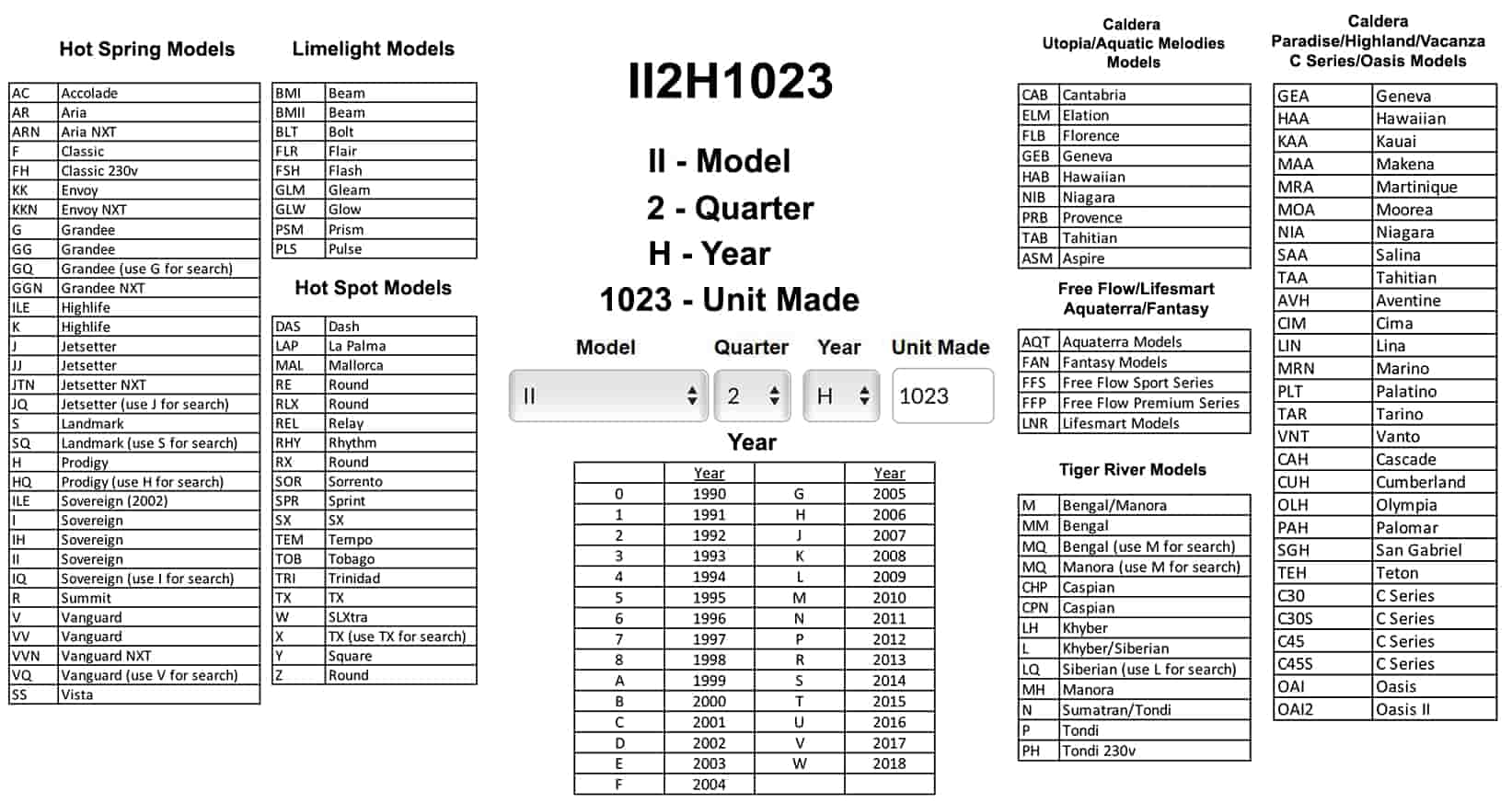What Are Your Options If You Own a Hot Tub and Lose Power?
This Blog was posted on February 28, 2014 by HTSS.
One of the biggest causes of power outages this time of year is the build-up of ice or snow in trees. The branches become heavy and can break, taking out power lines. You should have a plan in place for your hot tub if you lose power for more than a few hours.
Weighing Your Options
Pay attention to weather forecasts for ice and snow, then make any necessary preparations to lose power. One reason ice can be so detrimental to tree limbs is because, according to research by the University of Illinois at Urbana-Champaign Department of Forestry, accumulation can raise the branch's weight by as much as 30 times. Weak limbs and small branches subjected to one-quarter or one-half inch of ice are likely to fall. When ice accumulates up to an inch, larger branches fall under the added weight. Power lines in the path of falling trees and branches snap, leaving areas without electricity for several hours and sometimes days.
When the power is out for several hours or several days, your hot tub will sit at or below freezing temperatures. If the water is very hot, the unit is somewhat protected from the elements and the cover is on very tightly, it will take much longer for problems occur. Turned off and left unattended, any water in it will probably freeze. As water freezes, it expands. This can cause damage to your pipes, basin and other components. Damage can be extensive. You have two main options to minimize damage in the event of a long-term power outage.
• Standby Generator – A standby generator is installed inside the home and connected to the wiring. You can choose an assortment of appliances and systems to hook up to the generator at the time of professional installation. When the power goes out, the generator automatically kicks on nearly seamlessly. Powered by natural gas or propane, it can handle the load of a hot tub and keep circulation pumps running. Some spa models may even be able to run with the heater on, depending on what other home appliances are connected. If you're considering a standby home generator, consult with the distributor or professional installer on what type of load it can handle. Note that a portable generator powered by gasoline is not a safe and reliable solution to keep your hot tub running.
• Winterize Your Hot Tub – For areas prone to power outages, you may want to winterize your hot tub instead of risking problems caused by the weather. Consult your hot tub's owner's manual for recommendation on how to drain and prepare your hot tub for below-freezing temperatures in winter.
In either case, it's important to plan ahead and have a plan for freezing weather. For more mild winters, the likelihood of power outages is much smaller. If it's simply cold outside, monitor your hot tub's water temperatures. For more tips, check out our recent Hot Tub Spa Supplies blog on "How to Get the Most Out of Your Hot Tub in Chilly Weather."

